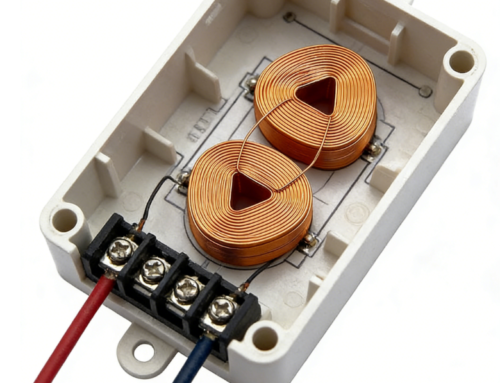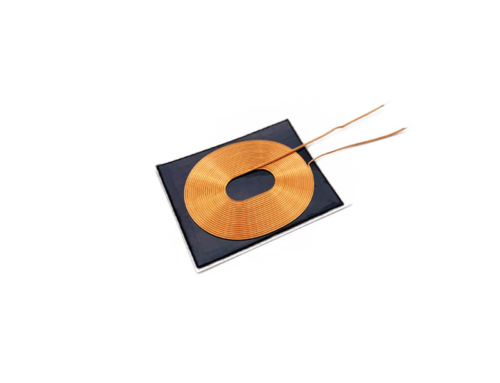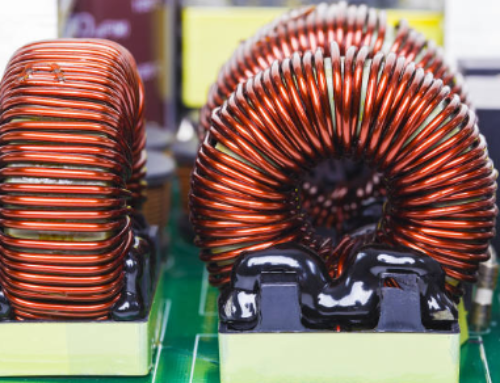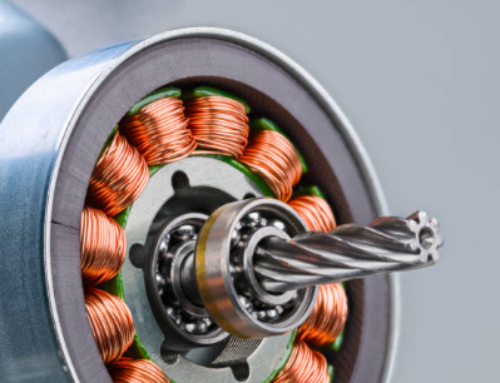In modern electronics, manufacturers need compact and reliable solutions. Self-bonded inductor coils play a key role in boosting PCB assembly efficiency. These coils eliminate the need for bobbins and adhesives, which reduces assembly steps. Engineers also recognize their alignment with lead-free compliance standards, making them suitable for sustainable production. By adopting self-bonded technology, companies lower costs while improving performance.
High Labor Costs in PCB Manufacturing
Manual winding with bobbins often increases labor and production time. Traditional coils require extra soldering and mounting, slowing PCB assembly lines. Self-bonded inductor coils simplify this process. Their direct wire bonding structure reduces manual intervention. As a result, factories cut labor costs and shorten cycle times, which enhances PCB assembly efficiency.
Space Constraints in High-Density PCB Design
Modern devices demand smaller and more powerful circuits. However, traditional inductors consume extra board space because of their bobbins. This limits design flexibility in compact layouts. Self-bonded inductor coils solve this issue with their coil winding technology. They offer smaller diameters and flexible shapes. Therefore, engineers can maximize board real estate while maintaining high-frequency performance.
Quality Issues in Mass Production
During large-scale manufacturing, consistency is critical. Conventional inductors face challenges like insulation cracks and adhesive failure. These issues often raise rejection rates. With self-bonded inductor coils, manufacturers achieve stronger wire bonding. The insulation layer directly adheres to the wire. This reduces defects, ensures uniform performance, and enhances electronic component reliability.
Heat Dissipation and Energy Loss
Inductors in high-frequency PCBs generate heat. Poor coil design leads to resistance and energy loss. Traditional bobbin-based inductors often lack efficient cooling. Self-bonded inductor coils perform better because of tighter winding and reduced parasitic effects. Their structure improves heat dissipation, enabling longer service life and greater energy savings.
Compliance with Global Standards
Global electronics manufacturers must comply with strict environmental rules. Traditional inductors may use adhesives or coatings that fail lead-free compliance. In contrast, self-bonded inductor coils meet RoHS and eco-friendly standards. Choosing these coils ensures compliance while supporting green production goals.

How do self-adhesive inductor coils improve efficiency?
Using automated coil winding technology
Self-adhesive inductors use automated coil winding machines, reducing human error and improving repeatability. Data shows a 20% increase in factory yield compared to bobbin winding.
Leveraging stronger wire bonding performance
The self-adhesive layer eliminates the need for adhesives, ensuring a stronger bond. This reduces insulation breakdown during stress testing, resulting in improved assembly efficiency and long-term reliability.
Better PCB Integration
Because these coils don’t require an additional bobbin, they can be directly integrated into efficient PCB assembly workflows. This reduces soldering time and reduces rework during inspection, saving engineers additional costs.
Flexible Applications in High-Frequency Designs
Self-adhesive coils support high-frequency PCB designs. Their compact size and low resistance make them ideal for telecommunications, automotive, and consumer electronics. This versatility means fewer parts are required, simplifying the procurement process.

What makes ZYCOIL components different?
ZYCOIL offers optimized self-adhesive inductor coils designed for modern assembly lines. Our coils help reduce costs, improve efficiency, and ensure global compliance. Explore our complete product line in our Product section or view a guide in our Technical Guide.
Conclusion
Self-bonded inductor coils are a smart solution for improving PCB assembly efficiency. They reduce labor costs, save board space, enhance quality, and comply with environmental standards. With stronger bonding and automated winding, these coils outperform traditional bobbin types. For manufacturers aiming to scale production while keeping costs under control, choosing self-bonded technology is the key.





Leave A Comment